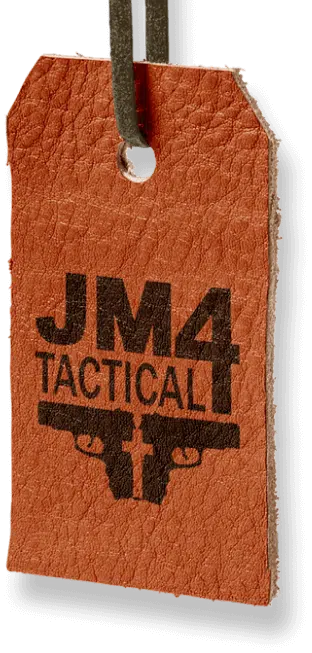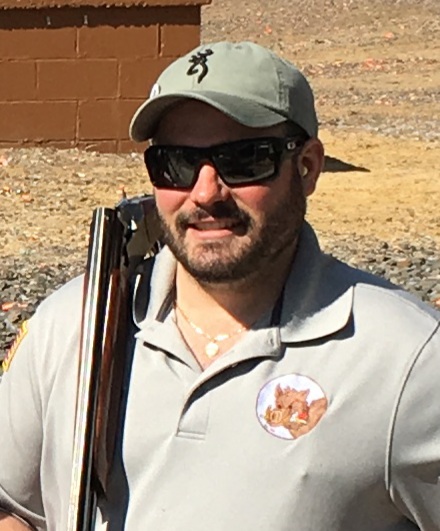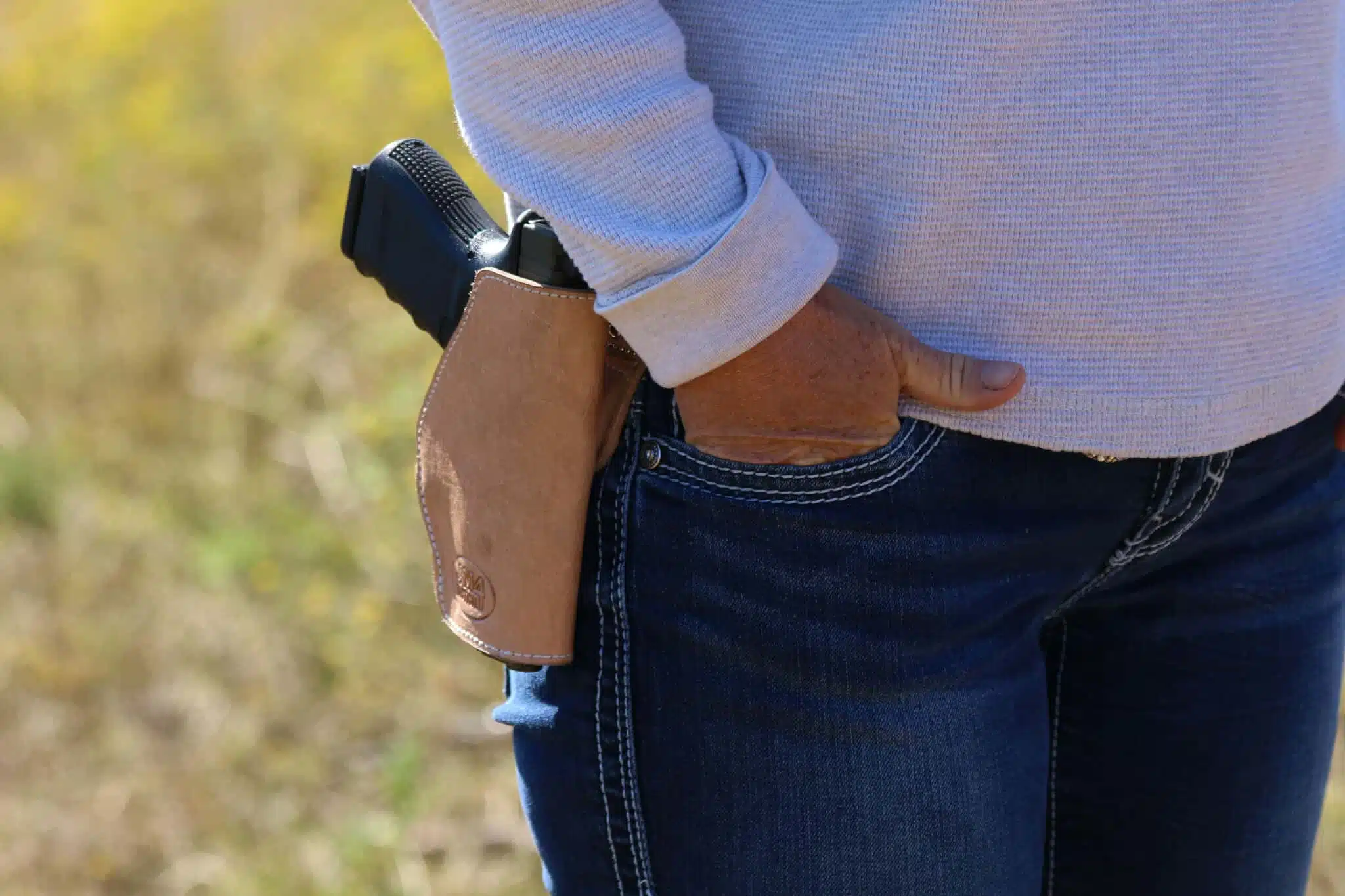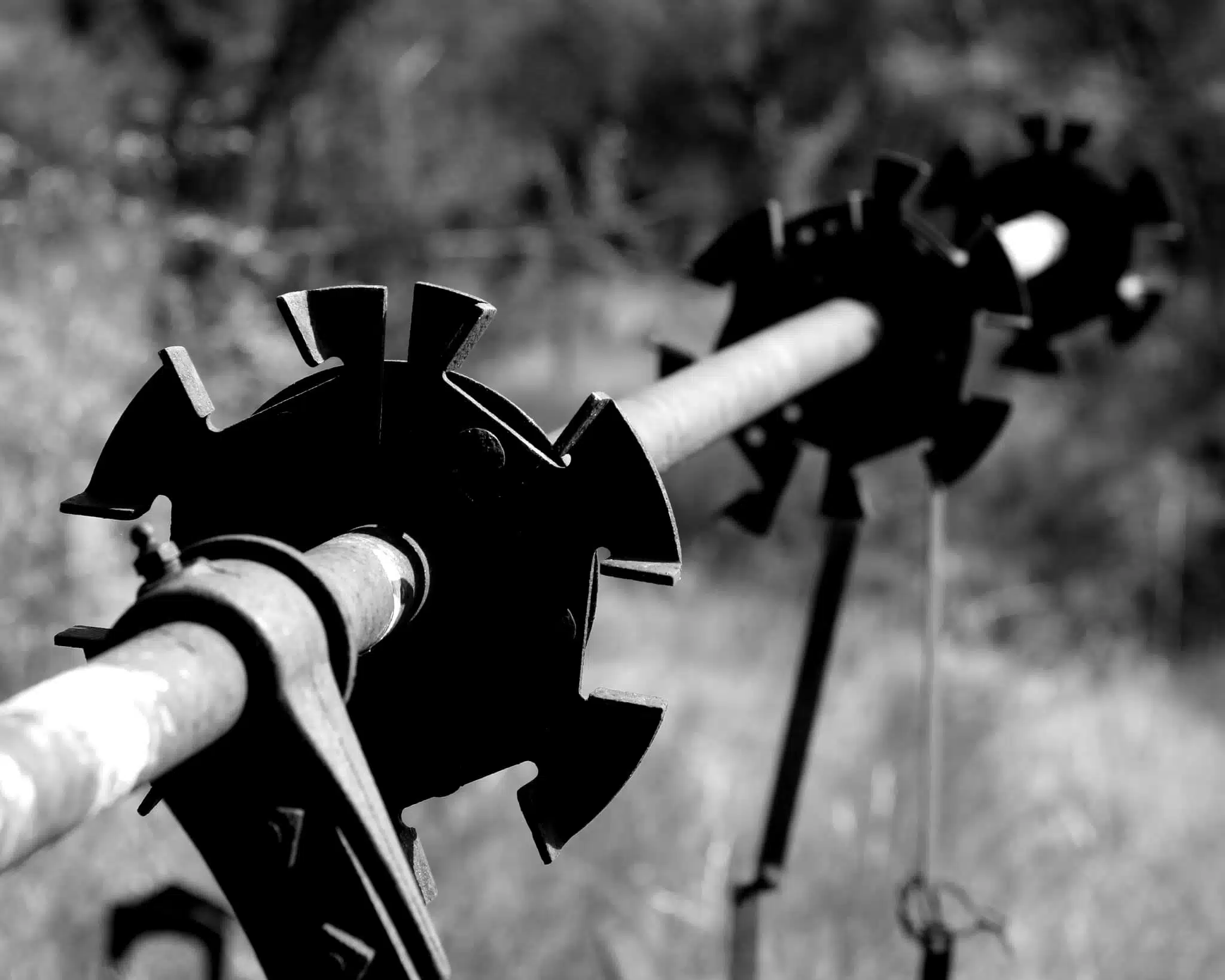Interstate Travel With Firearms Explained

This topic comes up from time to time. There are so many different opinions on the subject that the noise can be deafening concerning the transport of a firearm from one state to another, particularly when traveling through states that are hostile to our freedoms.
First and foremost, let’s look directly at the provisions in the federal statute that allow interstate transportation of firearms:
18 U.S. Code CHAPTER 44—FIREARMS § 926A – Interstate transportation of firearms
Notwithstanding any other provision of any law or any rule or regulation of a State or any political subdivision thereof, any person who is not otherwise prohibited by this chapter from transporting, shipping, or receiving a firearm shall be entitled to transport a firearm for any lawful purpose from any place where he may lawfully possess and carry such firearm to any other place where he may lawfully possess and carry such firearm if, during such transportation the firearm is unloaded, and neither the firearm nor any ammunition being transported is readily accessible or is directly accessible from the passenger compartment of such transporting vehicle: Provided, That in the case of a vehicle without a compartment separate from the driver’s compartment the firearm or ammunition shall be contained in a locked container other than the glove compartment or console.
That is the law as it stands today. The key elements within the law are wrapped around “from any place where he may lawfully possess and carry such firearm to any other place where he may lawfully possess and carry such firearm.”
In plain English, that means if a state requires a permit or special documentation for simple possession when a gun owner travels through that state, they are protected provided they are transporting the firearm in the manner described.
Naturally, as with any discussions revolving around the law, it is best to consult a competent attorney before doing anything you are unsure about when it comes to firearms. There are many reasons for that, and a couple are illustrated throughout the rest of this article. You be the judge on what you need further clarification on in this article.
I’m not an attorney.
What brought this subject to mind was a recent conversation with a colleague. My friend decided to make a move in his life and bought a new home in New Hampshire. The move was from the great state of Alabama.
Both very freedom-oriented states. When he mentioned wanting to live closer to his mother in Connecticut, we discussed this, and he figured the Live Free or Die state was going to be the best place for him to settle down.
Being an enormous gun enthusiast, he had to orchestrate his move with many firearms. He told me about his move.
My buddy loaded up his Subaru and cargo trailer with all his worldly possessions. He packed up his firearms following federal law, and he went on his merry way the many miles from Alabama to New Hampshire.
As he was jibber-jabbering about his trip, I stopped him at one point to interject, to which he held up his hand and said, “I know … I know … Let’s not even talk about that.” What was the “that” he was referring to in the conversation? New York.
Regardless of what route one chooses to go from Alabama, a freedom-loving state, to New Hampshire, another freedom-loving state, one absolutely must go through New York to make the trip.
The northeast and New England are a mixed bag on how the states view individual freedoms; with Vermont (to an extent), New Hampshire, and Maine all being permitless carry, and New York, New Jersey, Rhode Island, Connecticut, and Massachusetts being traditionally hostile to civil rights.
The massive stone freedom-crushing wall is the Empire State. But why?
The SAFE act is what makes this trip extra perilous for any person transporting firearms through New York. Any magazines that hold over ten rounds are outlawed, and New York subscribes to an “assault rifle” ban.
Mere possession of these items in the state would leave gun owners subject to potential felony charges even if just passing through perfectly legally. New York has outlawed these items.
What recourse did my friend have?
Well, he could have packaged up all of his standard capacity magazines that held over ten rounds and mailed them to himself in New Hampshire. He could have taken any semi-automatic firearms that fit the arbitrary definition of “assault rifle,” and had an Alabama FFL send the guns to a New Hampshire FFL.
Those are both great tactics, however expensive. With the average cost being around $50.00 to transfer a single firearm through an FFL, in addition to all the shipping charges, a small collection of guns and magazines could ring up a hefty bill, nevertheless a sizeable collection.
Or, you could just pack your stuff in your vehicle, don’t speed, and hope for the best.
What my friend did do with his collection, I don’t know. Besides knowing what he did transport with him in his motor vehicle was done so in compliance with federal law, we did not discuss any of his non-NY-compliant firearms and how he dealt with them.
We did not touch on that topic.
There are no provisions in the law to protect people from these kinds of traps, and as gun owners, we need to know what is within the law.
Yes, a bill has been introduced: “H.R. 225: To amend chapter 44 of title 18, United States Code, to more comprehensively address the interstate transportation of firearms or ammunition,” and it does appear this will address some of the many issues gun owners can have when engaged in interstate firearm transportation.
This bill becoming law is not a sure thing, though. Some of the other problems one can run into are stopping to get gas or food and staying in hostile territory overnight while being subject to possible prosecution from overzealous jurisdictions.
It’s essential to know the law when it comes to firearms. Make sure that you have a good and solid legal resource to lean on to understand what is legal in your jurisdiction and those you will be traveling to and through on your trip.
Remember, many of the states and cities that are hostile towards our civil rights to keep and bear arms also attach harsh felony penalties to any infraction of the laws involving guns.
Stay safe out there and think before you do!
John Petrolino is a US Merchant Marine Officer, writer,
author of “Decoding Firearms: An Easy to Read Guide on General Gun Safety & Use” and USCCA certified instructor, NRA certified pistol, rifle, and shotgun instructor living under and working to change New Jersey’s draconian and unconstitutional gun laws. You can find him on the web at: www.johnpetrolino.com
on Twitter at @johnpetrolino
and on Instagram @jpetrolinoiii










